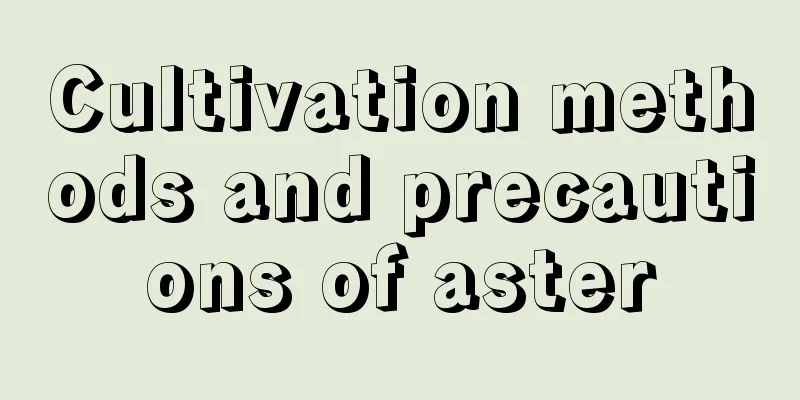How to grow Chlorophytum comosum in summer

1. TemperatureChlorophytum comosum is afraid of high temperatures and cannot tolerate cold. The most suitable temperature for its growth is between 15 and 25 degrees. 2. LightExcept for the midday in midsummer when plants need to be shaded, they should be given sufficient sunlight at other times and seasons, especially in the cold winter when there is less light. If the Chlorophytum comosum is placed in an environment with too strong light or too little light, the leaves of the plant will not be able to absorb the sunlight that sustains its life, and the leaves will turn light green or even yellow. In severe cases, they will lose their ornamental value. If the sunlight is too strong but the indoor temperature is low, it is most likely to cause the plant to wilt. At the same time, there is a special phenomenon with the Chlorophytum comosum: when there is insufficient light but sufficient fertilizer and water, it is easy for only leaves to grow. Everyone would be disappointed to see the lush green leaves without even a flower. Therefore, in order to avoid this phenomenon, the grower needs to place the Chlorophytum comosum in the sun and water it appropriately.
|
<<: How to breed Rhododendron splendidum
>>: How to pot the broad-leaved red orchid
Recommend
The leaves of the green radish at home are rotten? You must not have noticed these points.
Poor ventilation Poor ventilation is a problem th...
Geranium rejuvenation method
Geranium rejuvenation method In fact, to rejuvena...
The efficacy and function of Chinese milk vetch
Ecological Value Astragalus membranaceus is an im...
Plant these 8 kinds of vegetables now and they will be ready for your New Year dinner!
mushroom The north wind is howling and the haze i...
How to Propagate Mint
1. Seed propagation Prepare breathable and nutrie...
Planting technology and cultivation management of Polygonatum odoratum
Polygonatum odoratum is a perennial herb of the g...
What should I do if azalea "drops leaves"? If you do these 5 things, every pot of flowers will be full of flowers!
If we talk about the most popular flowers in autu...
Four seasons maintenance method of straw chrysanthemum
Spring maintenance Straw daisy can be sown and pr...
What to do if the leaves of peach egg are wrinkled and not growing well
reason First, although the peach egg is afraid of...
How to repot Euphorbia pilosa
1. Time Selection The repotting of Euphorbia mili...
What to do if succulents grow slowly
Improve the growth environment of succulents If t...
How often should I water my orchids? (How often should I water my indoor orchids?)
Orchid is a relatively drought-resistant plant. I...
Cultivation methods and precautions of pink vine
1. Maintenance methods 1. Substrate selection: Pi...
When to fertilize peonies? What kind of fertilizer is good?
Peony, known as the aristocrat among flowers , ha...
Methods and steps for accelerating the germination of chrysanthemum chrysanthemum seeds, tips for sowing and planting chrysanthemum seeds
Method for accelerating germination of chrysanthe...









